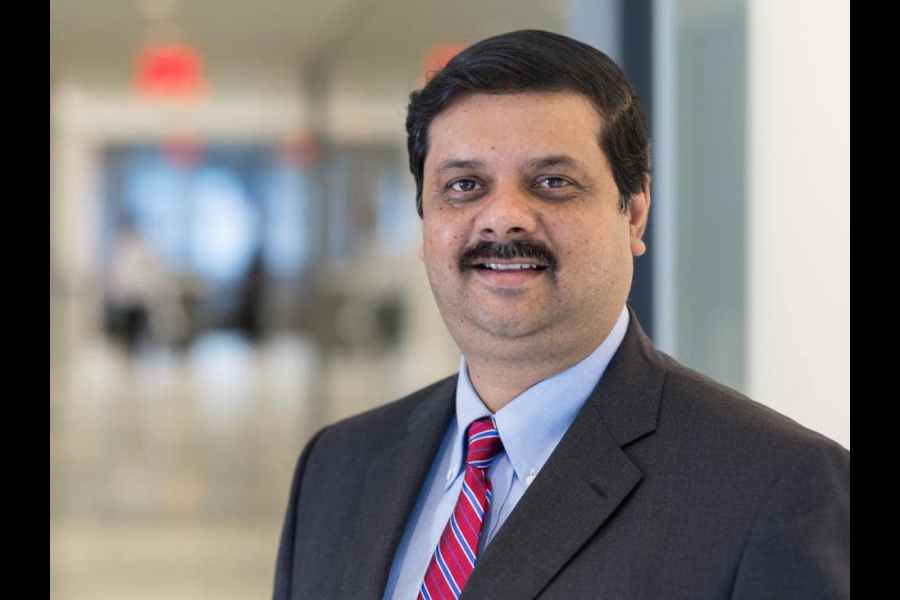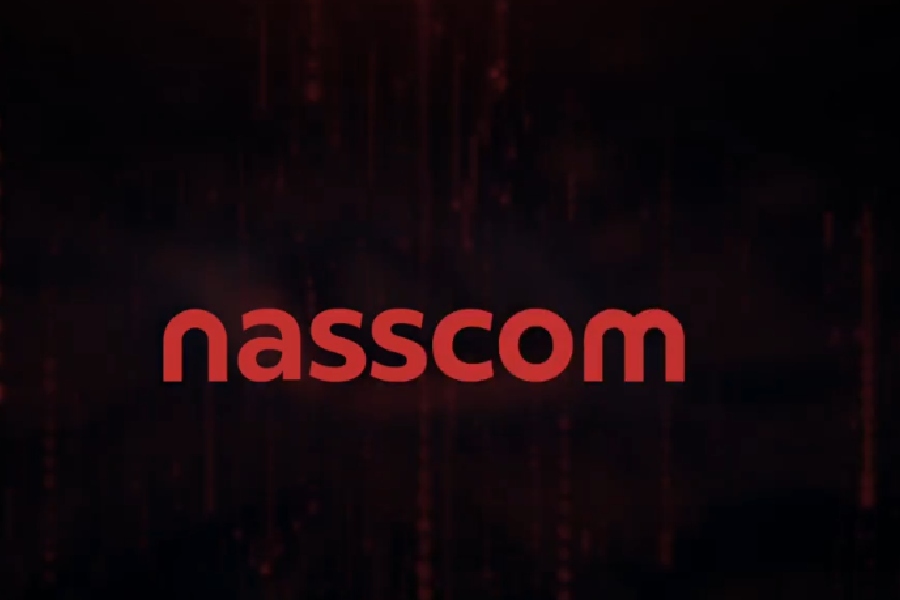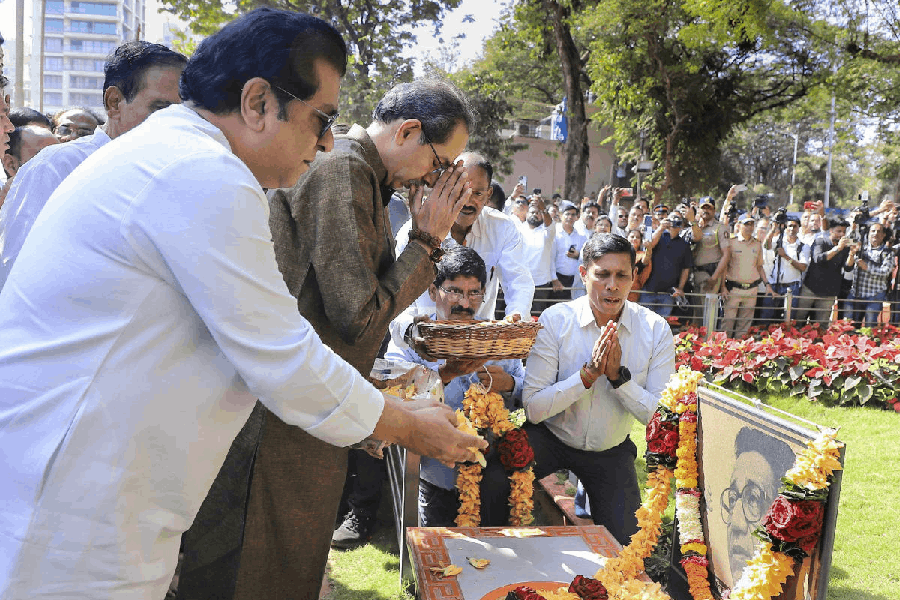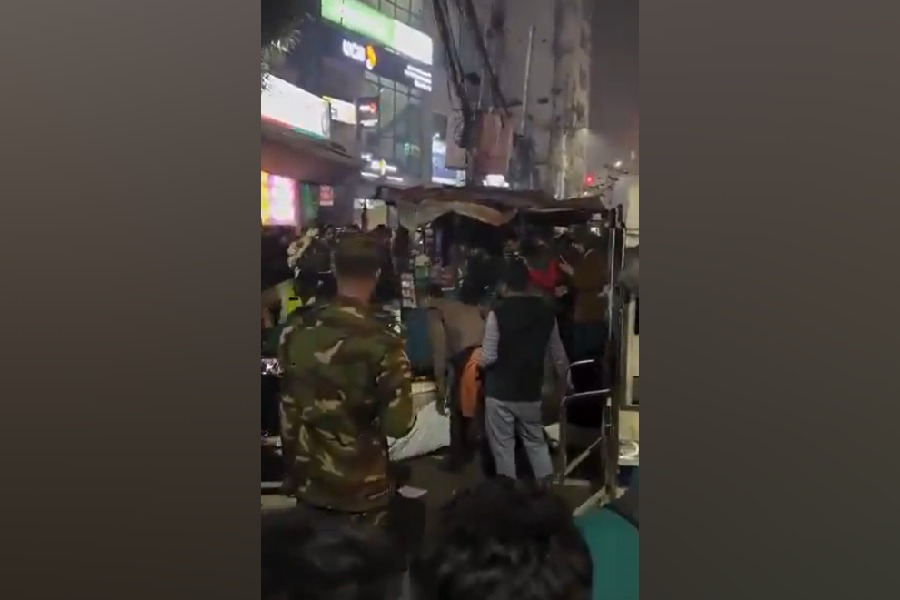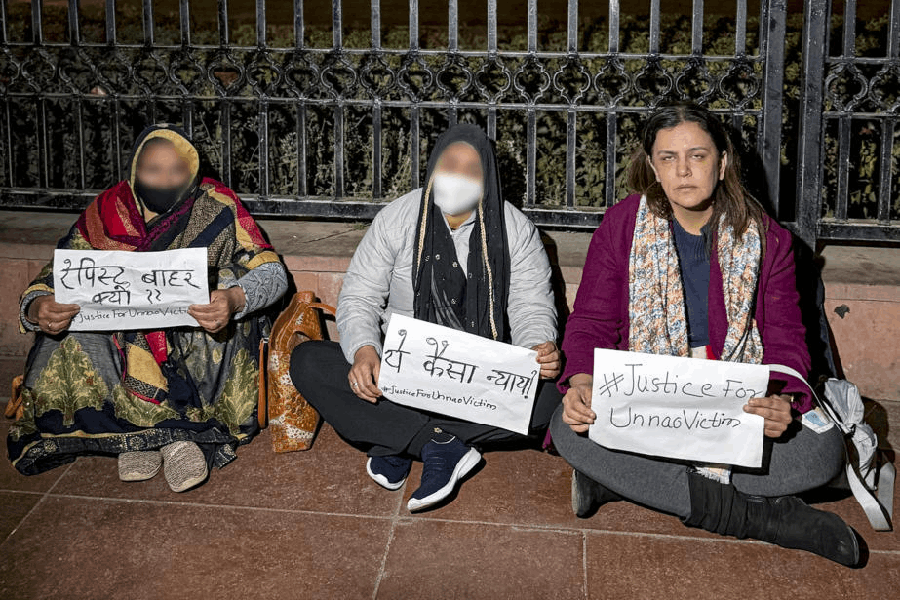Tata Steel plans to undertake one of the most complex makeovers of its loss-making UK business at a time the island nation is set for a general election. In an interview
with Sambit Saha of The Telegraph, the company’s executive director and CFO Koushik Chatterjee says he believes Tatas have ‘support across the aisle on this project’. Responding to the strike called by one of the unions, Chatterjee said TSUK is ‘exploring options for legal action’. The company also may have to review ‘bring forward the dates for the closure of blast furnace 5’ if the strike takes place, he explains.
Tata Steel ended the year in net loss on a consolidated basis. How do you expect the Q1 and the rest of the quarter for Tata Steel?
Firstly, to clarify the reported consolidated loss in 2023-24 was primarily due to the non cash impairment charge in the second quarter on legacy overseas investments. Our challenge last year was in the UK where we recorded the impairment charge and where the heavy end assets are nearing end of useful life, and in the Netherlands where we had a one-off shortfall in production volumes due to the reline of one of the two blast furnaces. On an underlying basis, the company was PAT profitable on a consolidated basis.
In fact, in 2023-24, the standalone India business actually performed better on an underlying basis than the previous year on both EBIDTA and cash flows. Now, with the blast furnace relining in the Netherlands completed and the operations running on full volume along with the planned decommissioning of the heavy end in the UK in the first half of this financial year, we would see structural improvements in the current year.
How do you expect the Indian steel demand supply scenario to play out in 2024-25?
The Indian steel demand continues to be robust and steady with most segments showing reasonably good growth especially in flat products. We will watch for the new government’s investment priorities especially on infrastructure and asset formation because that will have an important play on the shape of the demand cycle. The supply side is mostly from brownfield expansions of the industry players including ourselves.
The European business was a drag in the last fiscal. What can we expect this year?
As I mentioned earlier, the Netherlands business had an outlier year last year with the BF6 relining for the better part of the financial year. This resulted in lower production volume and consequent impact on cost absorption leading to operating losses. The operations are now running fully and we expect significant recovery in performance.
In the UK, as we wind down the heavy-end, which is the primary source of negative earnings, we will be able to turnaround the underlying business from the second half. In summary we should see a better performing 2024-25 especially in the second half of the year.
Given that the UK is heading for general election, do you apprehend changes in the proposed grant funding to the transition to EAF? Will the scenario change if the Labour Party comes to power?
The EAF transition project is very important for the future of manufacturing not only in Wales but will redefine the steel industry competitiveness in the UK. Given the strategic importance of the project, we believe we have support across the aisle on this project.
The Grant Funding Agreement between Tata Steel and the UK government is at an advanced stage of finalisation and we seek closure of the same soon.
Further, given the end-of-life condition of many of our heavy-end assets, continuing with the blast furnaces in Port Talbot is no longer operationally or financially feasible. In our view, neither the timing of the general election nor its outcome, has any impact on the timings or on our decision to proceed with the winding down of our heavy-end operations.
How do you respond to Unite’s call to industrial action from June 18th?
We have been having good faith discussions for the last eight months with the multi union Steel Committee where Unite has been an integral part. These discussions covered employee support programme and also assurances about the future aspirations for the business. We are extremely disappointed to have received notice of industrial action from Unite. Throughout the consultation process, we have engaged fully and meaningfully with the unions and Unite was present in all of them.
In light of the latest notice of industrial action Tata Steel UK is exploring options for legal action. For the employees, the proposed Employment Support Package put forth by the company is the most comprehensive and favourable pack of employee support our business has ever offered and we have worked hard, through extensive discussions with the UKSC, to give shape to this proposal.
However, if industrial action happens, we may be unable to continue to support the enhanced package any further and reluctantly forced to revert to lesser terms. Furthermore, if we are unable to fully man the assets and ensure safe and stable operations due to the industrial action, we will be reviewing whether we should now plan to bring forward the dates for the closure of blast furnace 5 and the winding down of operations across the wider heavy-end.
Can you update us on the transition plan for the Netherlands business? What will be the cost of the first phase of the decarbonisation plan?
The decarbonisation plan for Netherlands business is going to be similar to the UK decarbonisation in terms of the technology choice of an electric arc furnace. Netherlands will undertake the decarbonisation in two phases with one blast furnace being replaced before 2030 and then post 2030.
However, given that we already have a pellet plant we will be using more of DRI and a lesser proportion of scrap, which on the other hand is abundant in the UK. We are currently doing the basic engineering and we will get a sense of the capex towards the end of the current year. We have just kicked off our formal discussions with the Dutch government.
When does Tata Steel plan to take up Neelachal expansion?
NINL is a very important part of our play. We are looking to expand our capacity in the long products segment through NINL. The potential for NINL growth is 10x from 1 million tonnes to 10 million tonnes in two phases over the next decade. Currently, we are in the near term looking at first setting up on priority the finishing end for the current configuration while working on the preparation for the Phase 1 expansion to take the capacity to around 4.5 million tonnes or thereabouts.
How is Tata Steel going to fund equity investment in TSGP?
It is important to clarify the background first. We have scheduled repayment of our overseas bonds during the year and some other debt overseas. Of the injected amount, almost two third is for scheduled repayment of foreign currency debt which is currently reflected on the Tata Steel consolidated books. So it will be funded by a mix of internal capital and debt.

